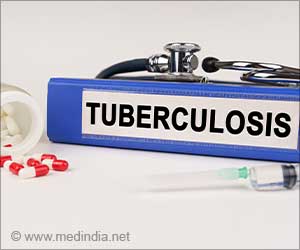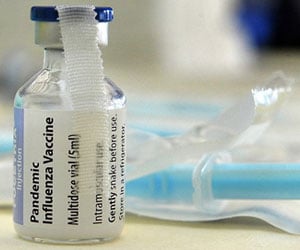
South African Researchers sought to review the published literature on respirable quartz exposure and associated disease in agricultural related settings systematically and to describe personal respirable dust and quartz measurements collected on a sandy soil farm in the Free State province of South Africa.
They searched all published studies on exposure to respirable silica and quartz in agriculture and related settings (to June 2009). From farm in the sandy soil region of the Free State province of South Africa producing typical crops, they collected 38 respirable dust and respirable quartz measurements from July 2006–August 2008 during major farming operations.
In total, 17 studies were identified: 11 investigated respirable quartz exposure on farms and 6 quartz-related diseases in agricultural settings. They provided convincing evidence of a respirable quartz risk on sandy soil farms but scant evidence of associated disease. Respirable quartz measurements from the South African farm ranged from not detectable to risk levels, even though the majority of respirable dust concentrations were well below commonly used occupational exposure limits.
The researchers led by Andrew J. Swanepoe wrote in the Journal of Occupational Hygiene, “Despite its ubiquity, little is known about quartz exposure in the agricultural industry; but this study demonstrates significant potential for overexposure in some settings. Further research is required to quantify quartz exposure and identify settings and tasks that place farmers and farmworkers at risk of quartz-associated diseases so that controls can be implemented.”
Advertisement
GPL








